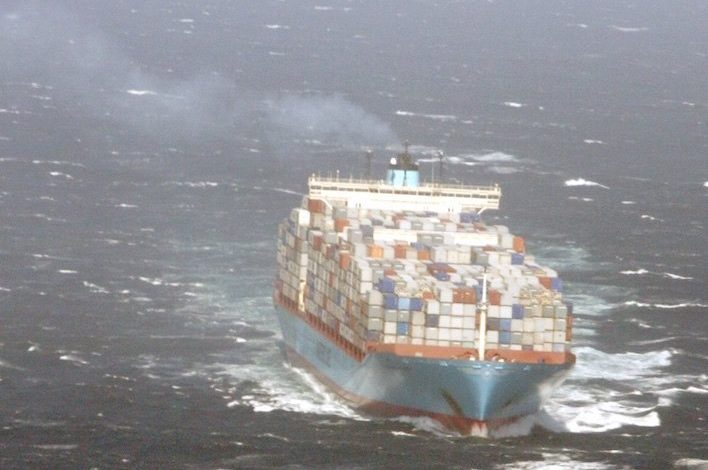Leave IMO in charge of shipping’s decarbonisation: Esben Poulsson

Esben Poulsson, chairman of the International Chamber of Shipping, speaking on the eve of IMO World Maritime Day, has once again stressed his support for the UN body to be in charge of shipping’s global CO2 emission reduction strategies.
Poulsson said he was hopeful IMO member states could agree upon some “truly ambitious” CO2 reduction objectives at next year’s Conference of Parties to the UNFCCC Paris Agreement.
“IMO is the only body which can deliver further GHG reduction measures that will have a meaningful impact on the emissions of the entire global shipping sector. It is vital that IMO remains in control of this critical issue, building on the real progress already made with its package of technical regulations that became legally binding across the entire world fleet in 2013, the very first global agreement of its kind adopted for a major industrial sector,” Poulsson maintained.
ICS – in collaboration with BIMCO, Intercargo and Intertanko – has recently made a detailed submission to IMO on the possible contents of its GHG reduction strategy. The four bodies propose that IMO member states – the same States that are parties to the UNFCCC Paris Agreement – should agree an initial objective of holding the total CO2 emissions of the international shipping sector below 2008 levels, but that IMO should also set a goal for the percentage by which the sector’s total CO2 emissions should be reduced by 2050, compared to 2008, compatible with the legitimate concerns of developing nations about the potential impacts on trade and economic development.
